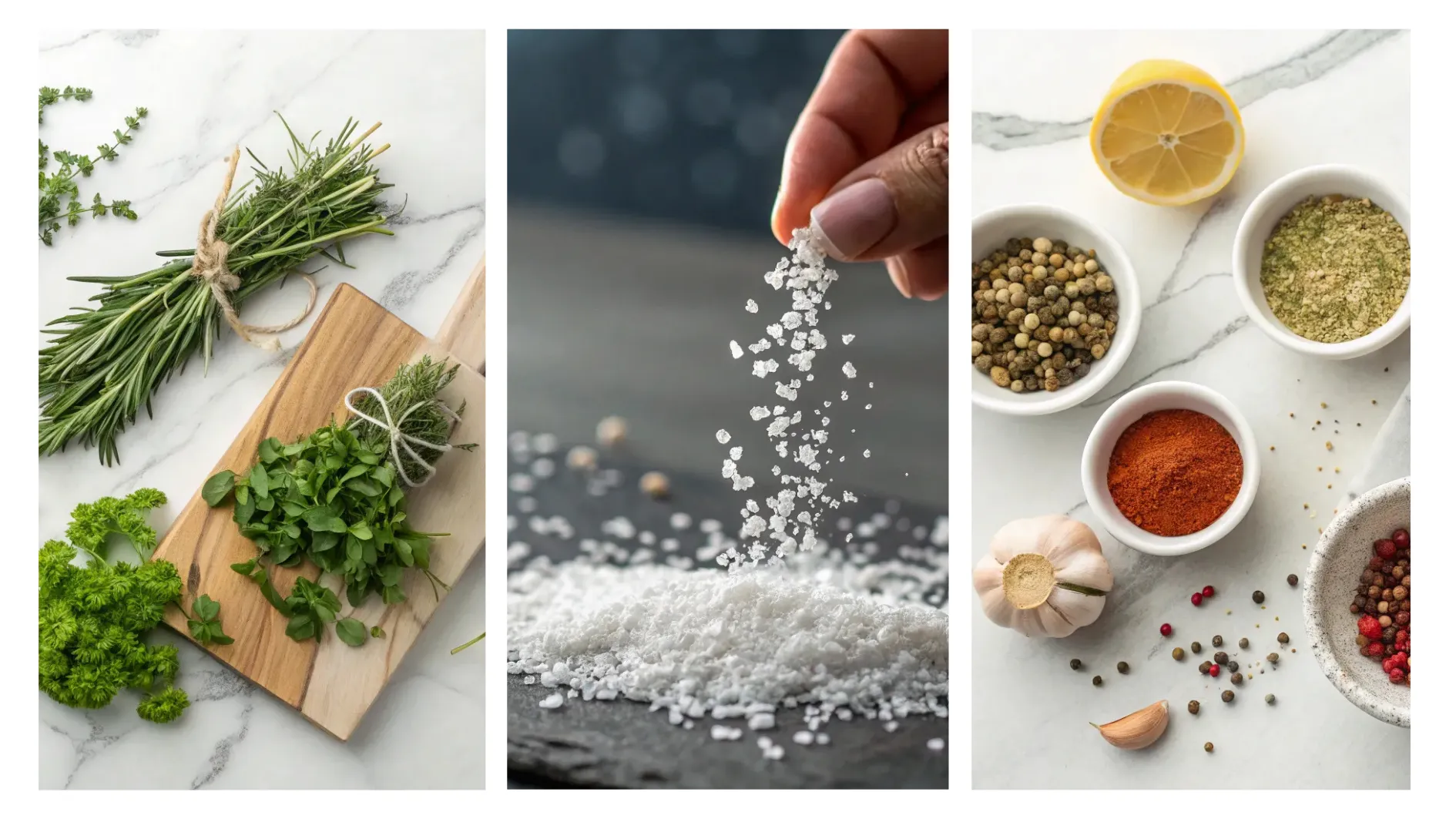Food seasoning is the heart of great cooking. It’s what transforms basic ingredients into something extraordinary, adding depth, complexity, and personality to every dish. But food seasoning isn’t just about salt and pepper. It’s about understanding how flavors work together, when to add them, and how to balance them. In this guide, you’ll learn how to season like a pro, with confidence and creativity.
If you’re serious about mastering food seasoning, the journey starts with understanding how spices, fats, and techniques work together. Explore the complete guide to level up your cooking for essential tips, tools, and foundational skills. With just a few smart adjustments, you’ll be adding flavor like a pro in no time.
What Is Food Seasoning?
Food seasoning refers to the process of enhancing the natural flavor of food through the use of ingredients like salt, pepper, spices, herbs, acids, and umami-rich foods. It’s not about masking flavors, but rather bringing them to life.
Good food seasoning is often subtle, it doesn’t overpower, but it elevates. Great cooks taste constantly and know when a dish needs a pinch more salt, a dash of lemon, or a sprinkle of chili flakes.
Your First Step to Flavor: How to Season Any Dish
Seasoning is more than just a pinch of salt or a sprinkle of pepper, it’s a thoughtful layering of ingredients that build and balance flavor. Whether you’re preparing a quick stir-fry or a slow-cooked stew, knowing how and when to use the right food seasoning elements can take your dishes from flat to fabulous.
Let’s break down the essential building blocks that can help you season like a true home chef:
1. Salt
Salt is the most essential food seasoning in the kitchen, not just for making food salty, but for sharpening flavors, enhancing sweetness, reducing bitterness, and adding depth to savory dishes. It’s the one ingredient that touches every cuisine and every dish. But not all salt is created equal, and knowing the difference can take your cooking to the next level.
Types of Salt & When to Use Them
-
Table Salt: Fine and dense, ideal for baking where precise measurement is key, but less ideal for general cooking due to its intensity.
-
Kosher Salt: Flaky, light, and easy to control with your fingers. It dissolves well and is perfect for everyday seasoning while cooking.
-
Sea Salt: Naturally evaporated and rich in trace minerals. Excellent for both cooking and finishing, especially when you want a subtle crunch and complexity.
-
Flaky Salt (like Maldon): Large, delicate crystals that add a gourmet touch. Best used as a finishing salt on roasted meats, eggs, or even desserts like chocolate brownies.
💡 Pro tip: Salt should be layered into a dish gradually, not dumped in at the end. Taste as you go, adjust slowly, and let the flavors build with each step.
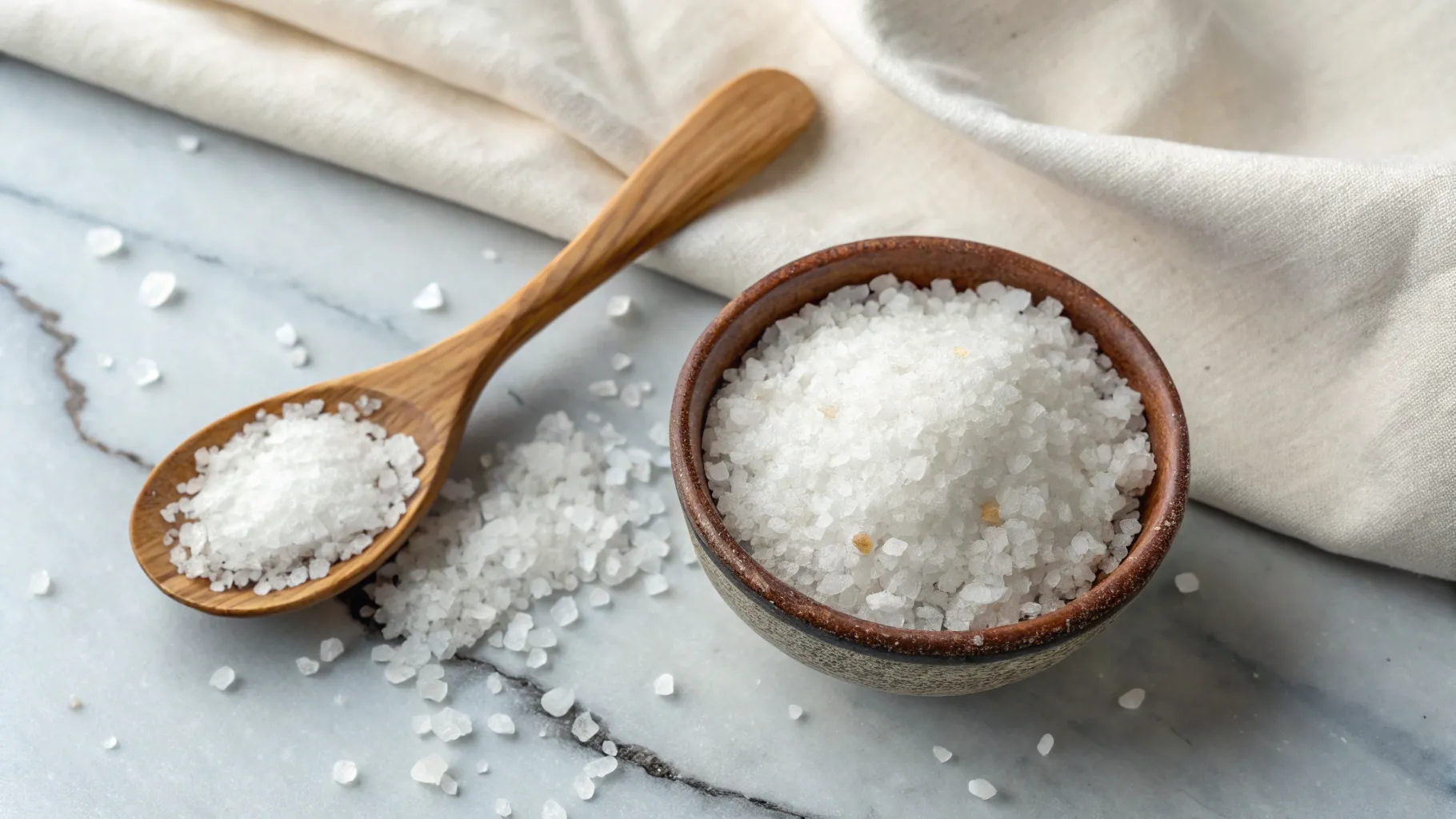
2. Pepper
Black pepper is one of the most common food seasoning ingredients, but that doesn’t mean it should go in everything. It adds gentle heat and earthy complexity, especially to meats, eggs, and savory sauces. Freshly cracked black pepper is far more aromatic than pre-ground.
That said, use it with intention. Black pepper can overpower delicate flavors and doesn’t always belong in dishes like light soups, white sauces, or desserts. In those cases, consider using white pepper for a milder, more subtle heat that blends in without the visual specks or sharp edge.
💡 Pro tip: Think of pepper as a flavor enhancer, not a default — it shines most when used deliberately.

3. Spices
Spices bring warmth, depth, and a world of character to your dishes, they’re the soul of food seasoning. But to unlock their full potential, proper handling is key.
- Toast whole spices like cumin seeds or coriander in a dry pan to release their natural oils and unlock bold, hidden flavors
- Bloom ground spices like turmeric, paprika, or curry powder in a bit of oil or butter early in cooking, especially for dishes like stews, curries, and stir-fries. This helps amplify their aroma and flavor.
For a quick flavor boost, reach for spice blends such as garam masala, taco seasoning, or curry powder, which add complexity without needing to measure out individual spices.
💡 Pro tip: Build your spice layers gradually, taste as you go, and don’t be afraid to explore new combinations from different cuisines.
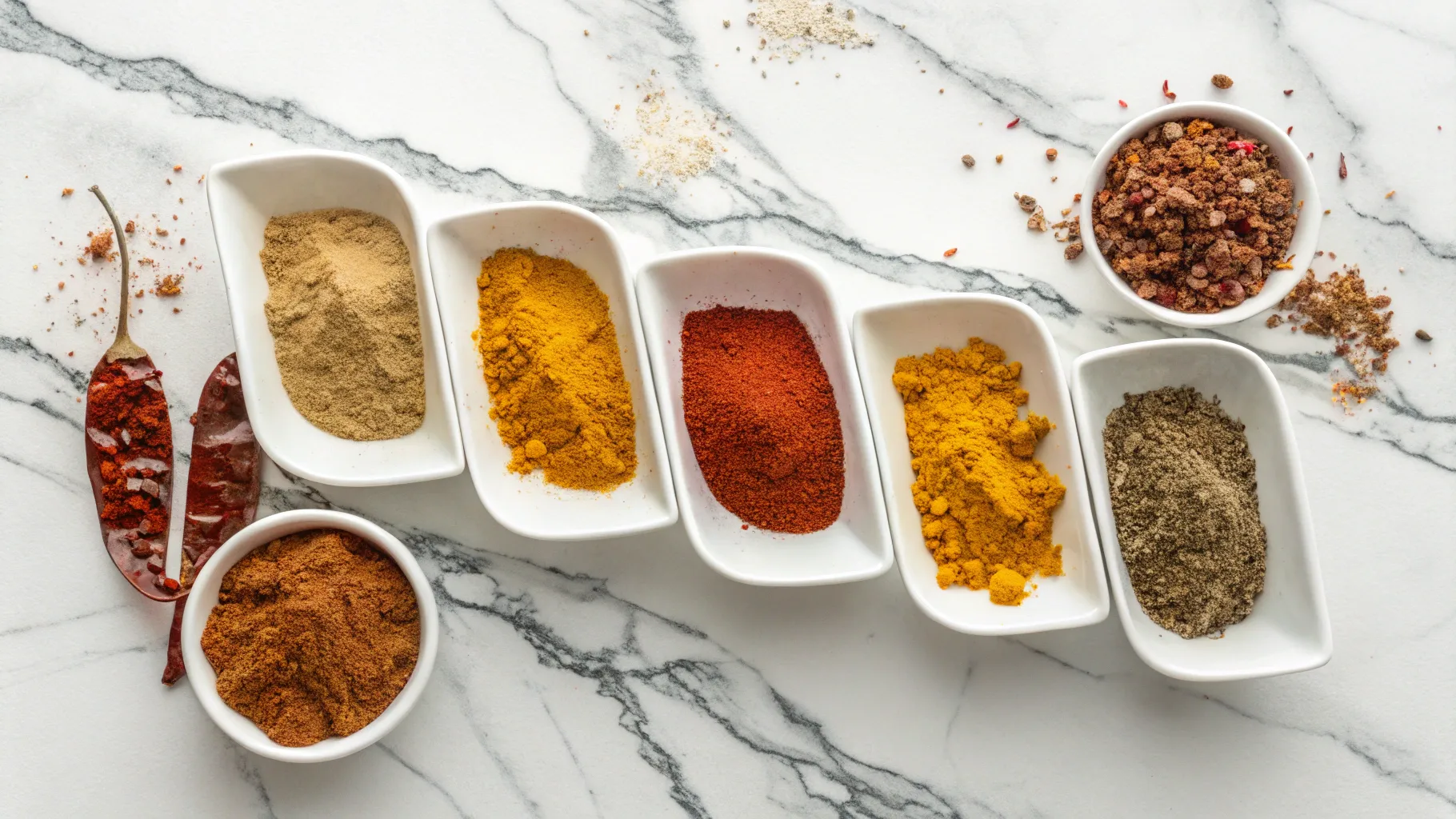
4. Herbs
Fresh herbs are a simple yet powerful way to elevate your dishes. they are the fresh face of food seasoning. And they offer color, aroma, and complexity, and each one has a unique flavor profile and best-use scenario. Whether you’re slow-cooking a stew or finishing off a summer salad, understanding when and how to use herbs is key to seasoning like a pro.
⏱️ Timing is key when cooking with herbs:
-
Add hardy herbs like rosemary, thyme, and bay leaf early in the cooking process. They release their oils slowly, infusing dishes like soups, stews, and braises with deep, earthy flavor.
-
Use delicate herbs like basil, parsley, cilantro, and chives at the very end of cooking or as a garnish. This preserves their bright flavor and vibrant color.
Each herb brings something unique to the table, from bold and earthy to fresh and citrusy. Here’s how to make the most of each one in your kitchen:
🌿Basil
Sweet and slightly peppery, basil is a go-to for tomato-based dishes, pesto, pastas, and fresh summer salads. It’s best added at the end of cooking or used fresh as a garnish to preserve its delicate flavor and bright color.
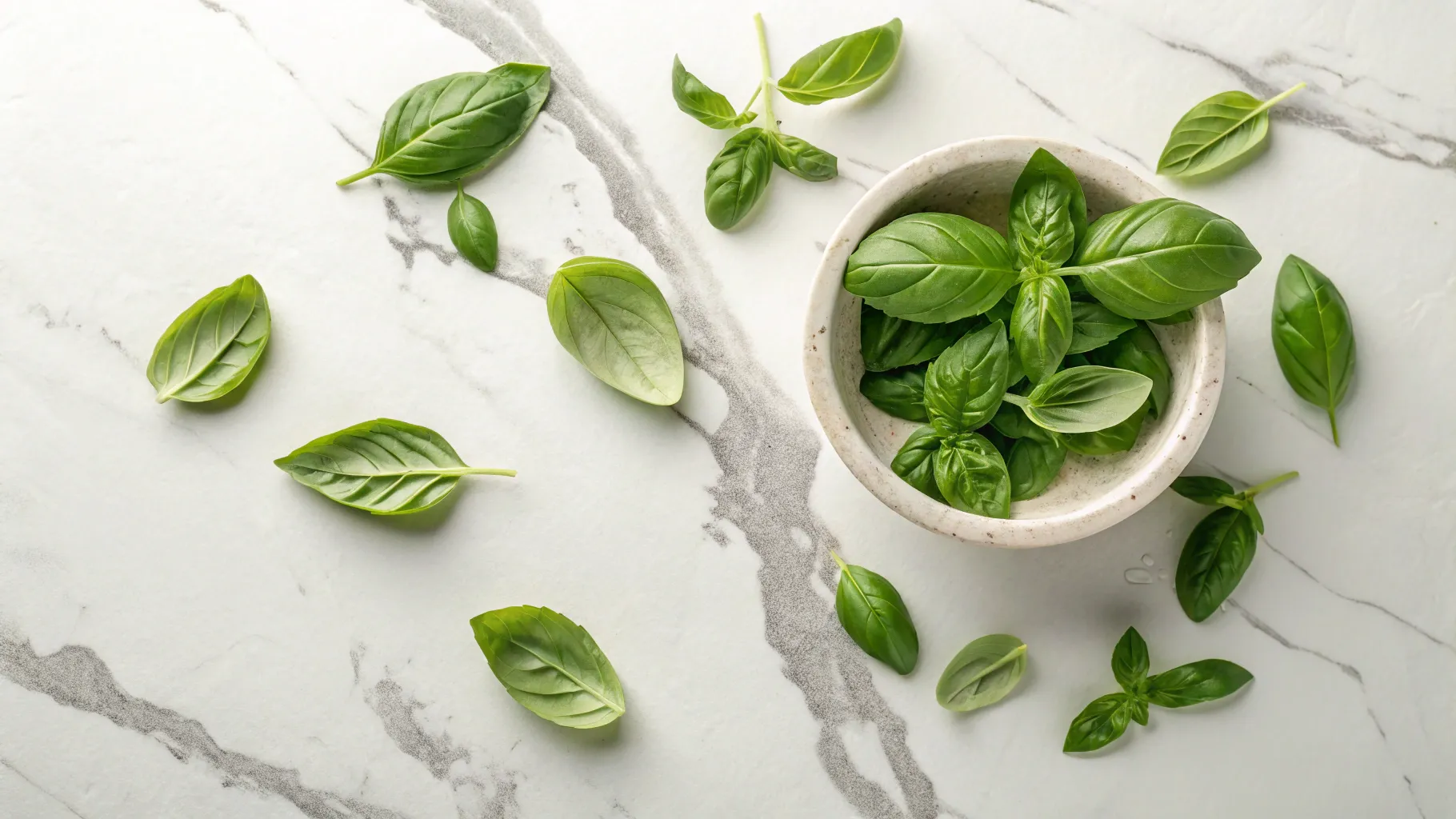
🌿Oregano
Oregano has a bold, earthy, and slightly bitter flavor. It holds up well to heat, making it great for long-cooked sauces, roasted vegetables, and grilled meats. Use dried oregano for slow cooking, and fresh oregano at the end for a pop of flavor.
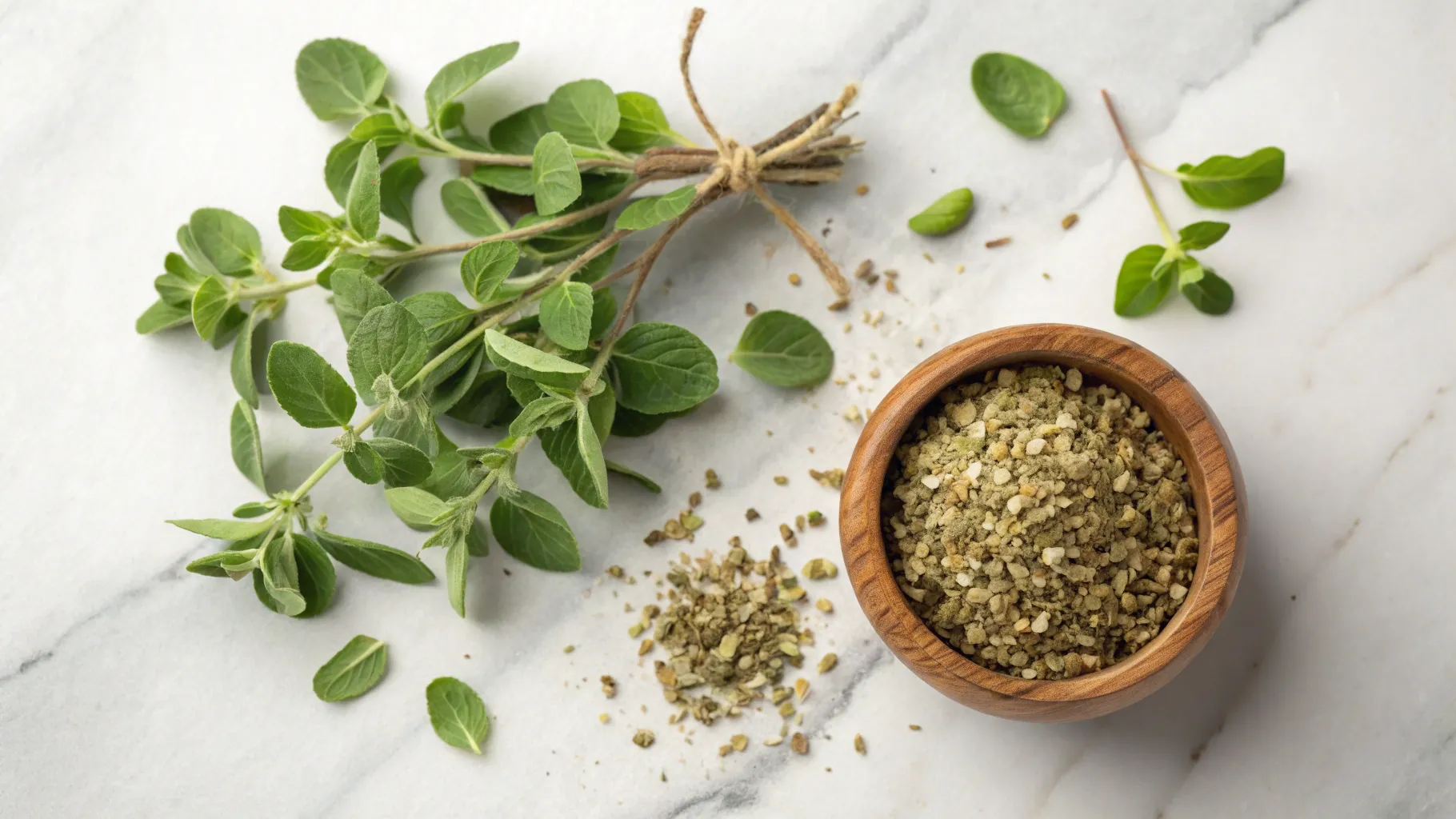
🌿Parsley
Mild, clean, and slightly peppery, parsley brightens up rich or spicy dishes. It’s incredibly versatile and is commonly sprinkled over soups, meats, stews, and salads just before serving. Flat-leaf (Italian) parsley is more flavorful than curly parsley.
🌿Cilantro
Cilantro has a bright, citrusy bite and is commonly used in Mexican, Indian, and Southeast Asian dishes. It’s best added fresh at the end of cooking or as a garnish for tacos, curries, salsas, and salads. Use the leaves and tender stems.
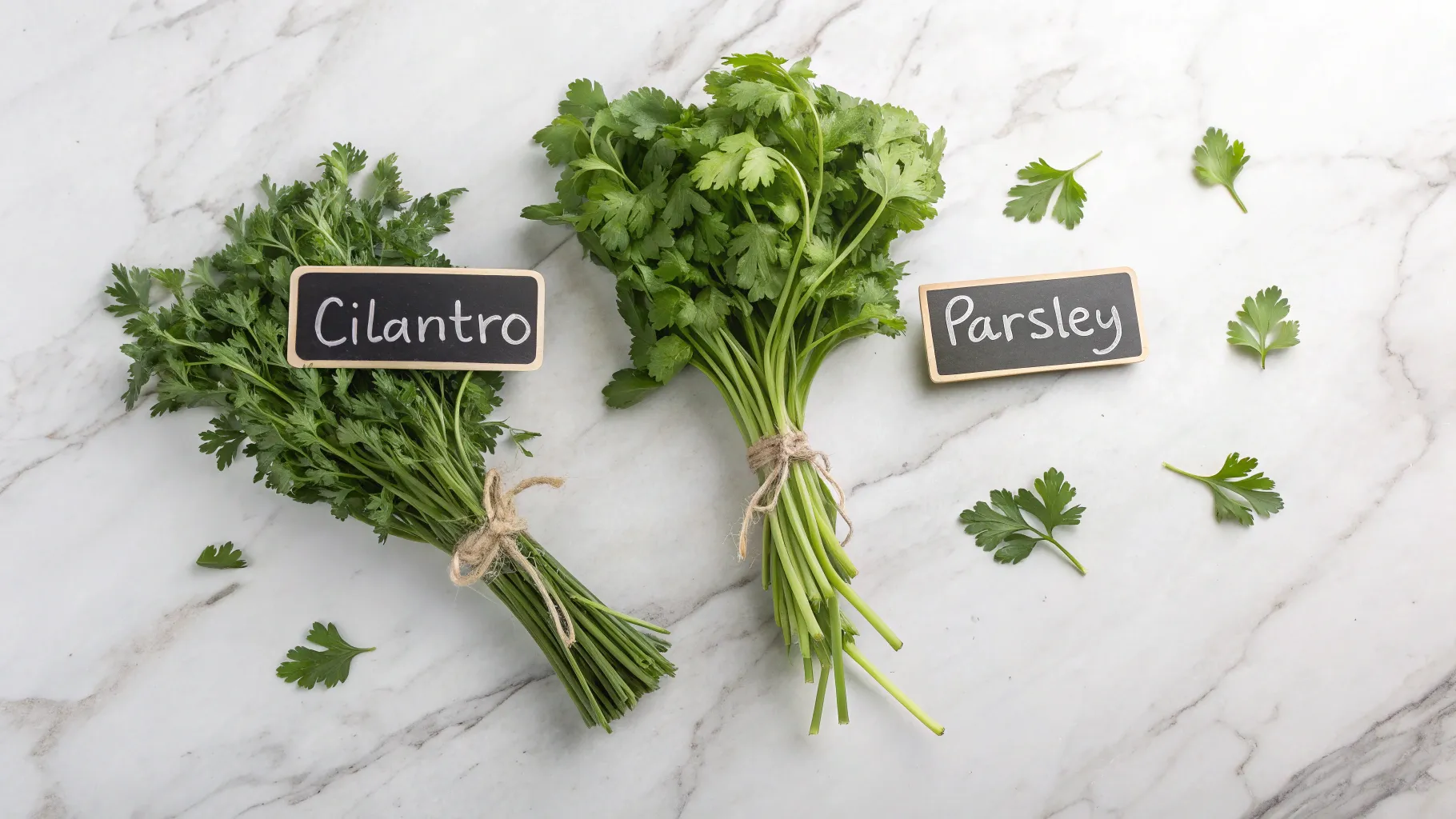
🌿Rosemary
Woodsy and aromatic, rosemary adds depth to roasted meats, potatoes, and bread. A little goes a long way. Add sprigs early in cooking to infuse oils, stews, and roasts, or finely chop it for marinades and rubs.
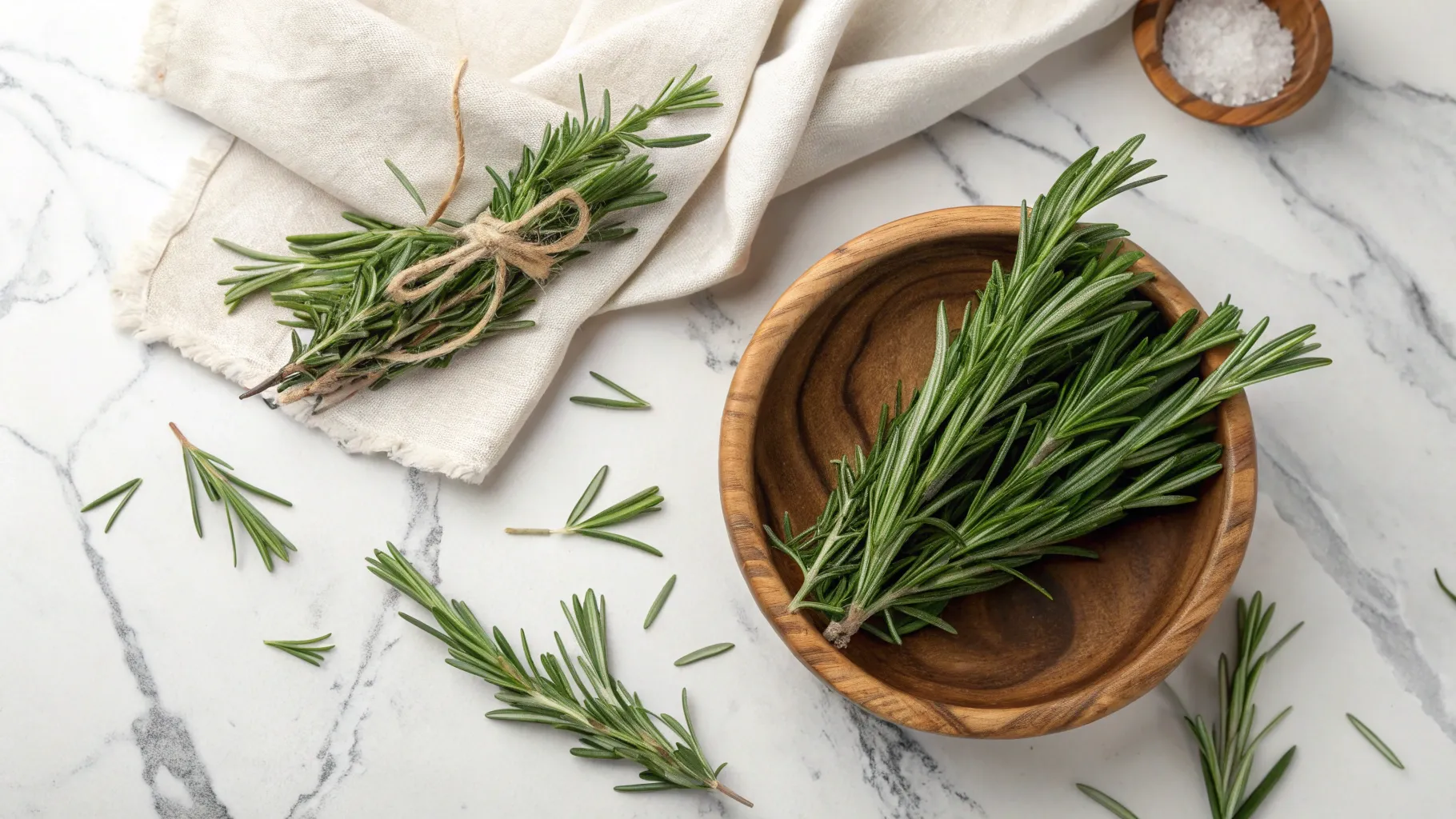
🌿Thyme
Earthy, lemony, and slightly minty, thyme is a culinary workhorse. It complements meats, poultry, soups, and vegetable dishes. Add whole sprigs early in cooking and remove before serving, or strip the tiny leaves for a more concentrated punch.
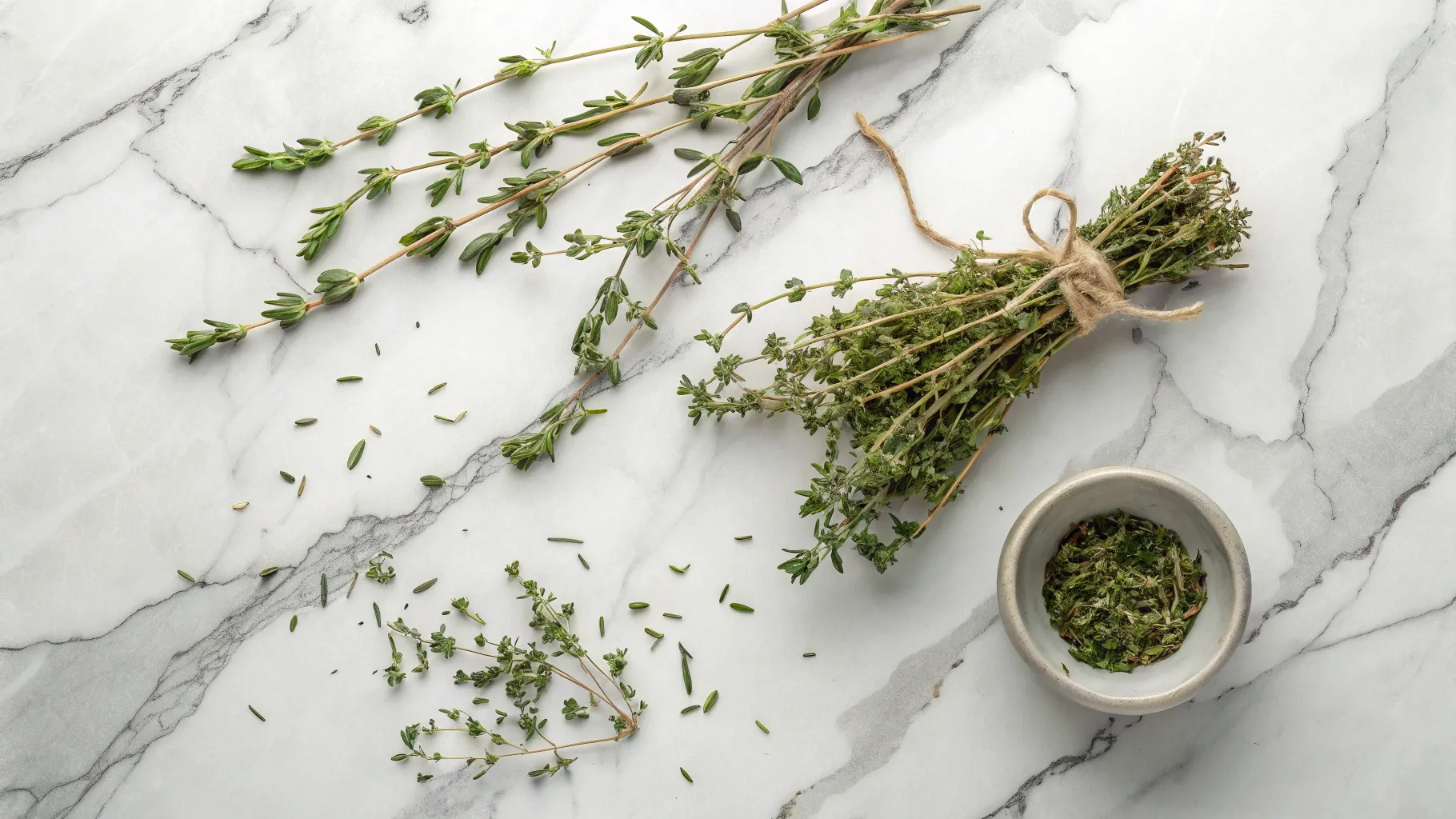
🌿Bay Leaf
Bay leaves offer subtle bitterness and complexity to slow-cooked meals. They’re not meant to be eaten but rather simmered in soups, stews, sauces, and stocks to infuse a background flavor. Always remove before serving.
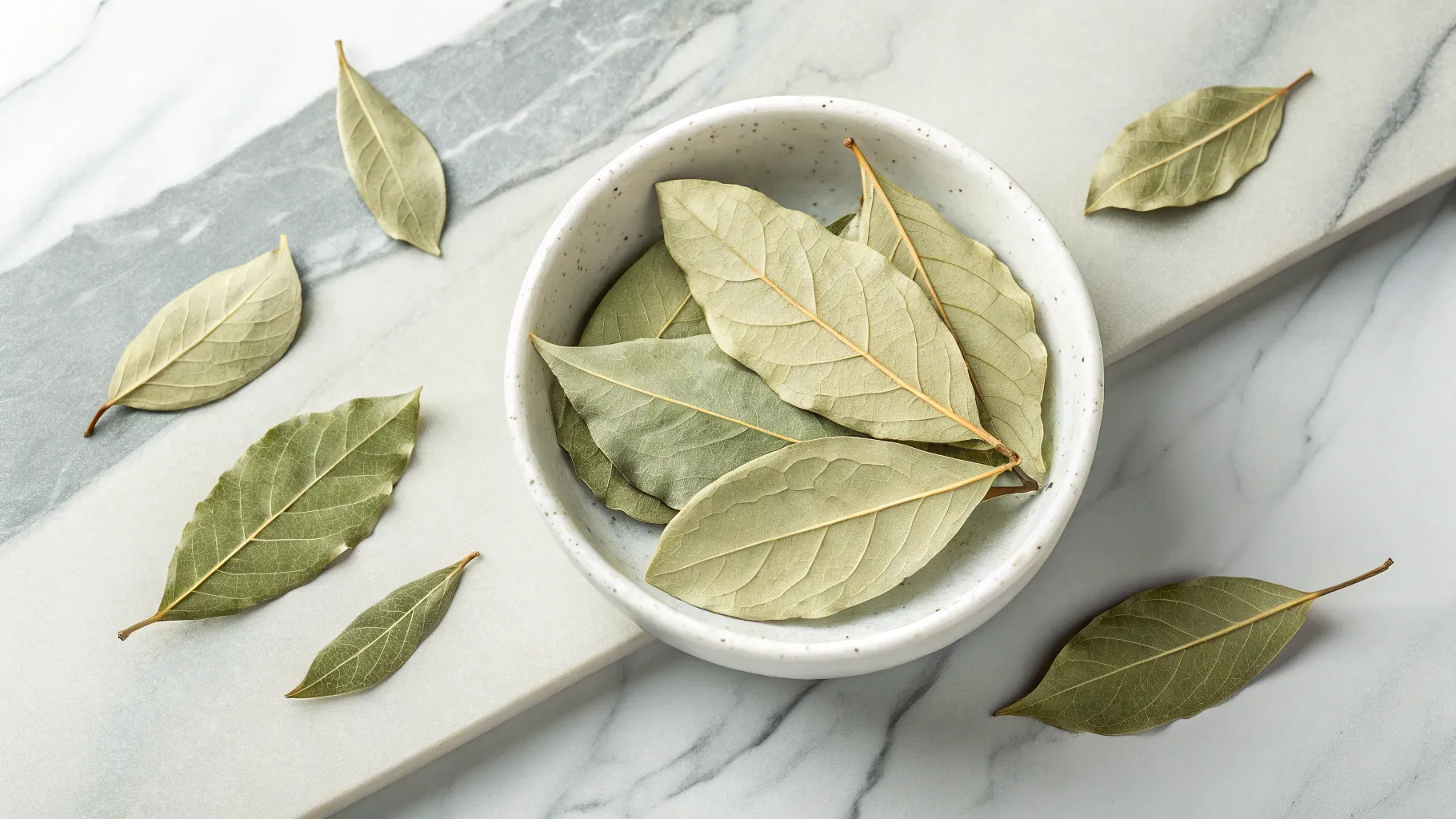
🌿Chives
Mild, onion-like, and delicate, chives are ideal as a finishing herb. Sprinkle them over eggs, baked potatoes, dips, or creamy soups for a subtle lift in flavor and a splash of green color. Add just before serving to maintain freshness.
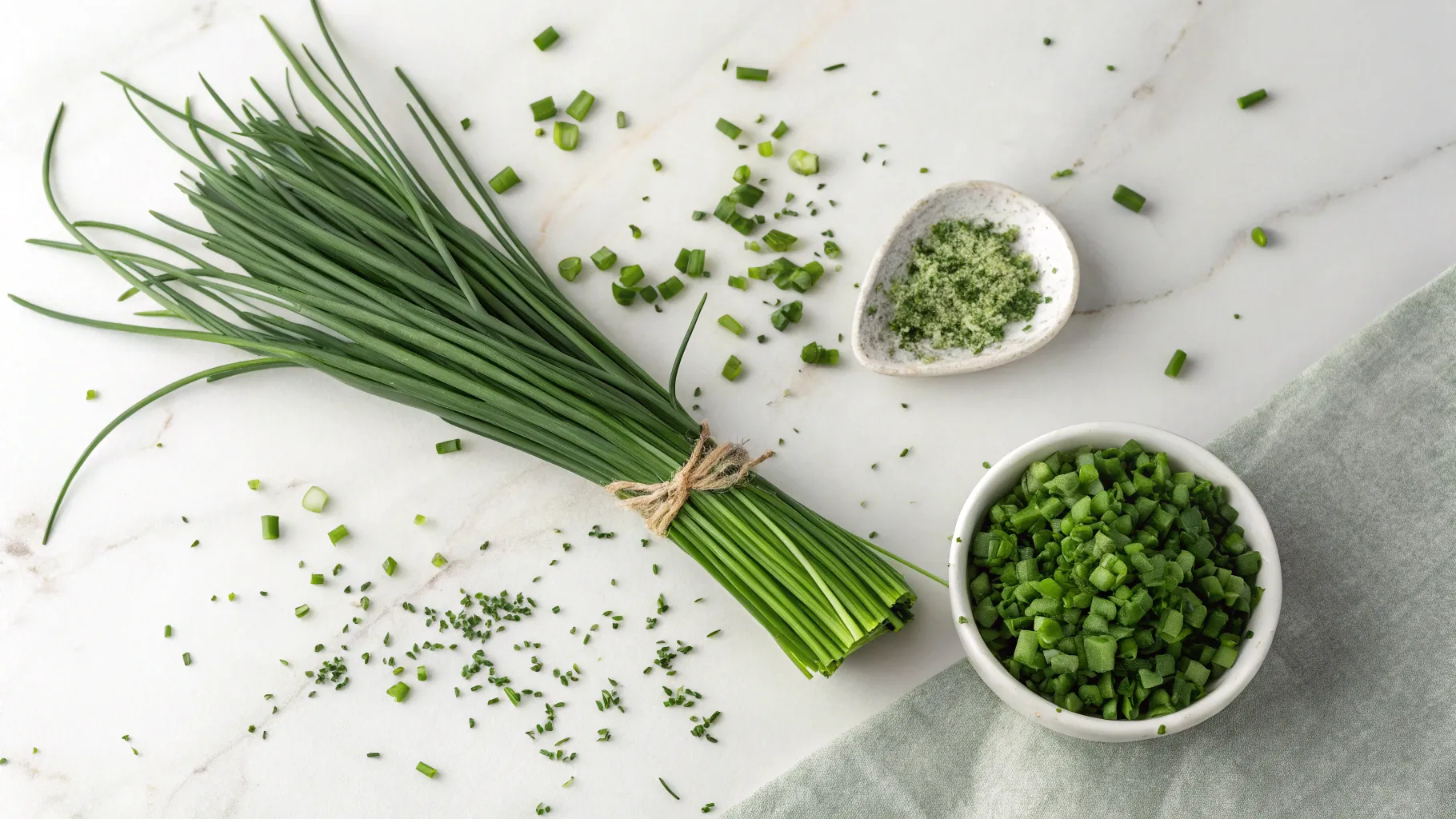
5. Garlic
Garlic is essential in food seasoning. Its flavor changes depending on how it’s prepared: raw garlic is sharp and spicy, while roasted garlic becomes mellow, sweet, and nutty. Sautéed garlic offers a rich, savory aroma that deepens sauces, stir-fries, and soups. Whether chopped, crushed, or minced, garlic builds layers of flavor that elevate both simple and complex dishes.

6. Ginger
Ginger delivers a warm, peppery kick with a hint of citrus that brightens up any dish. It’s a staple in Asian and Caribbean food seasoning traditions.. Fresh ginger is vibrant and pungent, perfect for marinades, stir-fries, or tea, while ground ginger lends gentle spice to baked goods and curries. It works beautifully with garlic but can also stand alone to add zest and depth.
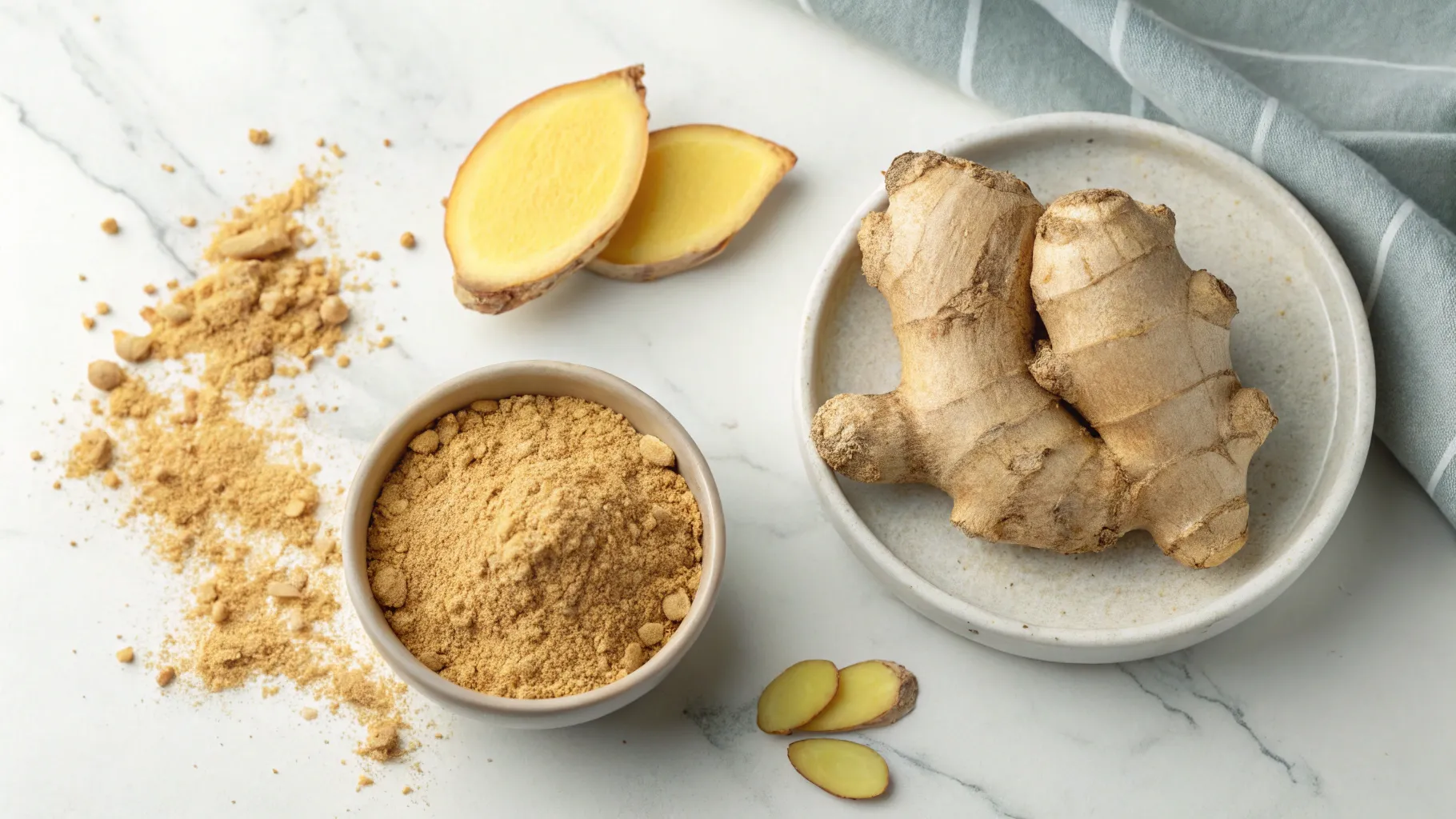
7. Acids
Acidity is the secret weapon in a well-seasoned dish. It adds brightness, sharpens flavors, and brings balance when something tastes dull or flat. A splash of vinegar or a squeeze of lemon can cut through richness, lighten heavy sauces, and elevate the overall flavor profile.
Common acidic ingredients include:
- Vinegars – balsamic, red wine, apple cider, rice vinegar
- Citrus juices – lemon, lime, orange
- Fermented dairy – yogurt, buttermilk
- Pickling liquid – for a tangy, punchy finish
Acids don’t just add tang, they refresh and reset the palate, making dishes taste cleaner and more vibrant.
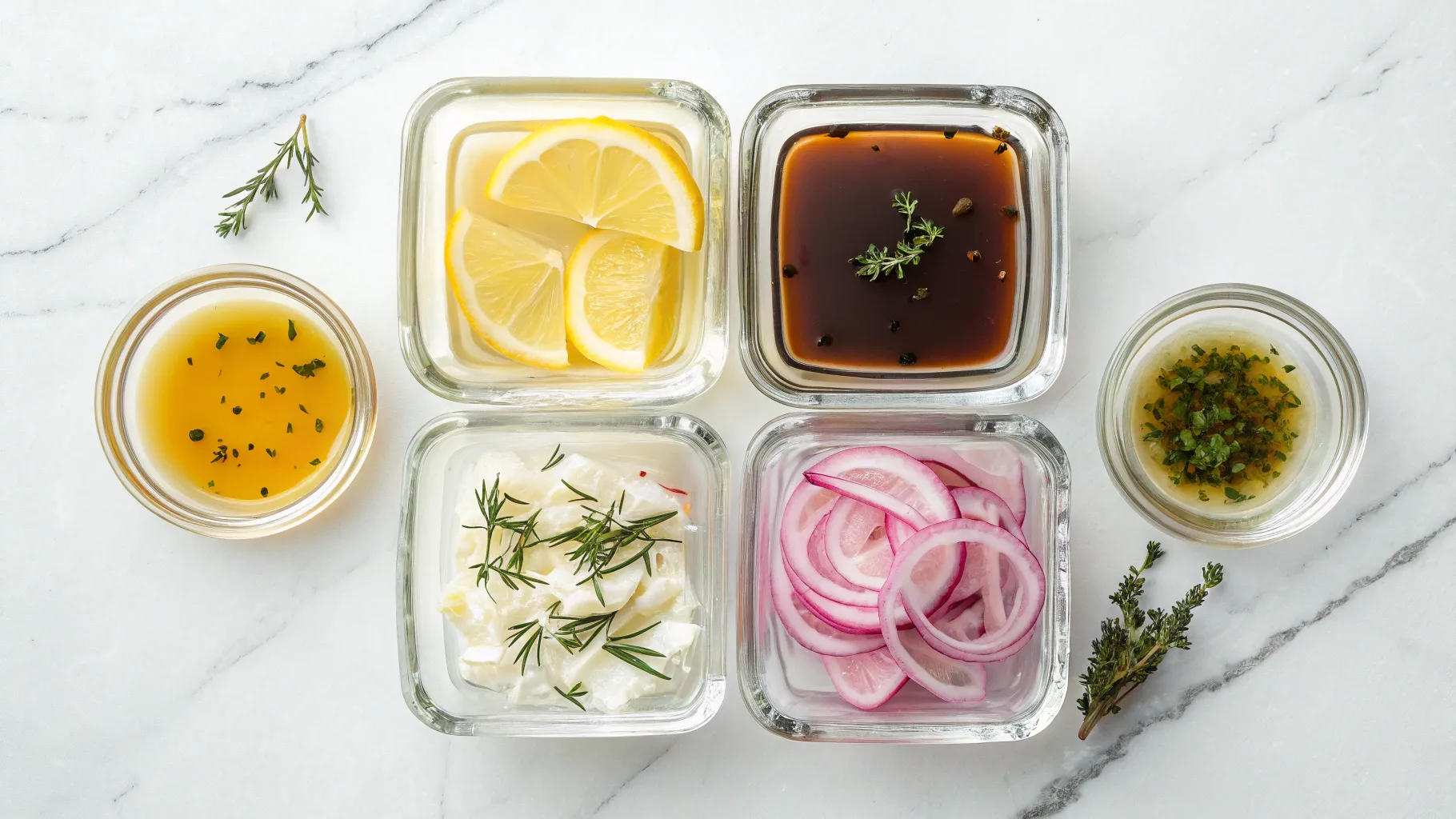
8. Umami
Beyond sweet, salty, sour, and bitter lies umami, the rich, savory taste that adds depth, fullness, and mouthwatering satisfaction to your food. Often described as a “meaty” or “brothy” flavor, umami doesn’t just stand out, it ties everything together, enhancing the overall harmony of a dish.
You’ll often encounter umami in slow-cooked meals, soups, sauces, and roasts, where it lingers and builds. It’s the backbone of flavor in many global cuisines, from Japanese ramen and Italian pasta sauces to savory stews and marinades.
Common Umami-Rich Ingredients:
- Miso paste – fermented and salty with a smooth, earthy finish
- Parmesan cheese – aged and crumbly with a sharp, salty bite
- Tomato paste – concentrated and sweet-sour, perfect for sauces
- Anchovies or fish sauce – powerful flavor bombs used sparingly
- Worcestershire sauce – tangy, fermented, and complex
- Mushroom powder or broth – earthy and rich, especially in plant-based cooking
These ingredients aren’t meant to steal the show, they’re supporting actors that make every other flavor shine. Just a teaspoon of tomato paste or a splash of soy sauce can boost depth and complexity without overpowering the rest of your dish.
💡 Pro tip: Start with small amounts and taste as you go. Umami can transform a dish, but when overused, it can become overwhelming. Think of it as the flavor that whispers, not shouts.
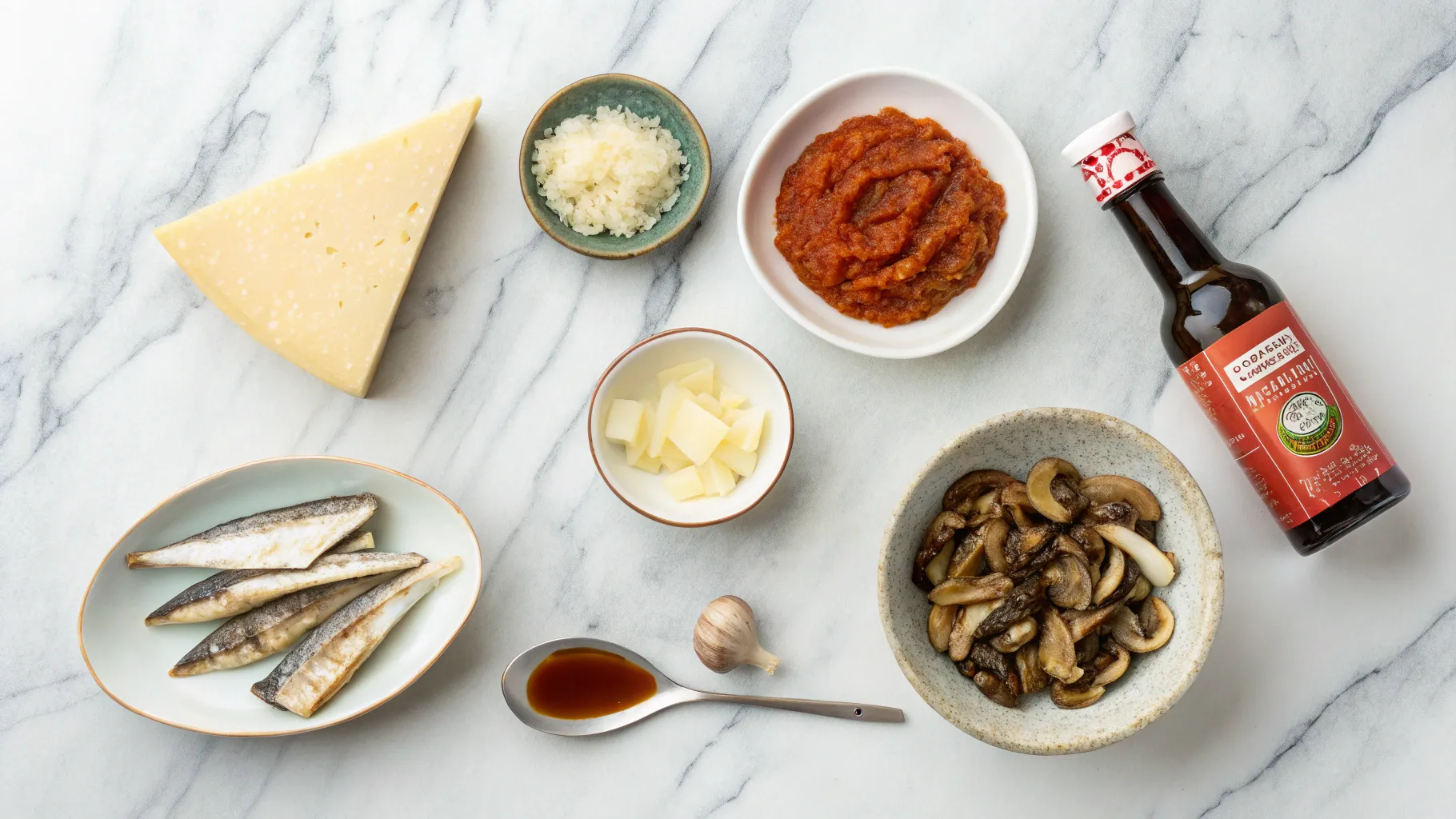
Balancing Sweet, Sour, Bitter & Umami
Great food seasoning balances the four main flavor pillars:
- Sweet – caramelized onions, honey
- Sour – lemon juice, vinegar
- Bitter – kale, dark chocolate
- Umami – soy sauce, aged cheese, tomato paste
When these elements are in harmony, your food feels full, rounded, and satisfying.
Fixing Overseasoned Food
Everyone goes overboard sometimes, here’s how to fix it:
- Too salty? Add acid (like lemon juice), bulk (like rice or potatoes), or dilute with water or broth
- Too spicy? Add dairy (yogurt, cream) or sweetness (honey, coconut milk)
- Too sour? Add a pinch of sugar or more fat.
Always season gradually and taste constantly.
Final Thoughts on Food Seasoning
Food seasoning is an art that develops with experience. The more you taste, experiment, and trust your instincts, the more natural it becomes. Keep a variety of spices, herbs, and acids on hand, and don’t be afraid to try something new.
The best cooks aren’t perfect, they’re attentive. Taste often, season thoughtfully, and you’ll always be one step closer to mastering the magic of food seasoning.
💡 Enjoyed this recipe?
Follow us for daily kitchen tips and tasty inspiration!
📌 Pinterest | 📘 Facebook | 📸 Instagram
